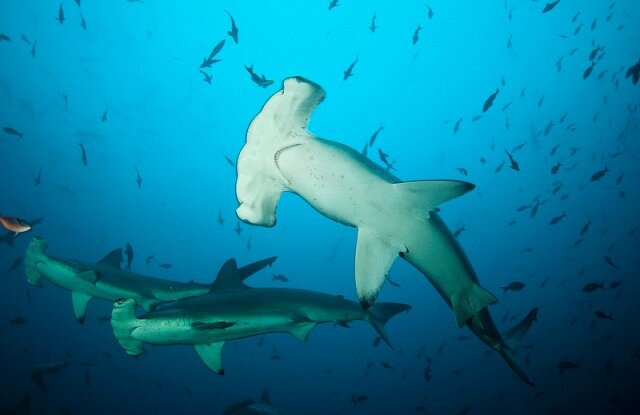The Mayan Jewels of Belize
Feb 27
Belize is believed to have been the heart of the famous Maya civilization during its peak. There are hundreds of archeological sites within the small Central American nation, most of which have yet to be excavated. Travelers can explore majestic temples and tombs that have stood the test of time, remaining today as mysterious reminders of a mighty empire that thrived here thousands of years ago.
Caracol
This site is impressive for its sheer size – it is the largest archeological site in Belize with the tallest manmade structure in the country (a 140-foot temple) and the biggest population of Mayan descendants. In its heyday, around 650 AD, the city of Caracol covered an area much larger than present day Belize City and supported more than twice its population.

Altun Ha
Easily accessible from Belize City, Altun Ha was a major ceremonial center and an important trading link between the inland cities and the Caribbean coast. Two main plazas contain about 13 temples and residential structures, though hundreds more remain unexcavated and inaccessible in the jungle foliage. The largest structure is called the "Temple of the Masonry Altars," which contains several priests' tombs.

Cahal Pech
Located right in the town of San Ignacio, Cahal Pech has a beautiful panoramic view overlooking the city and the Belize River valley. In just a few minutes' walk from the bustling modern town center, visitors can be transported into the world of the ancient Maya. There are seven courtyards surrounded by 34 structures including ball courts, residences, temples, and a sweat house.
 |
| Remains of an ancient ball court. |
Lamanai
Lamanai, surrounded by dense rainforest and overlooking the New River lagoon, is one of Belize's largest and most picturesque Maya sites. On the outside of one of the buildings is an impressive carving of a ruler's mask emerging from a crocodile headdress. As one of the few sites that were still occupied by Mayans when the Spanish arrived, Lamanai (which means "submerged crocodile") is among the few that has retained its ancient Mayan name. The best way to visit Lamanai is by a guided boat ride up the New River, during which you'll enjoy beautiful views of the forest and exotic wildlife.

Xunantunich
Xunantunich consists of six major plazas and is surrounded by more than 25 temples and palaces that are believed to have been inhabited by an elite governing family. Situated atop a limestone outcrop, Xunantunich offers panoramic views of the hilly Cayo District. Locals believe the ruins are haunted by the ghost of a stone woman, hence its name which means "stone woman" in the Yucatec Maya language.

Cerros
Cerros is located on the beautiful Chetumal Bay on the Caribbean coast. An important trading post, Mayan merchants arrived by canoe to trade exotic materials, such as jade. Visitors can climb to the top of the tallest structure to get a panoramic view of the bay, the town of Corozal, and the mouth of the New River.

Want to make the most out of your Mayan adventure? Be sure to check out our 5 Tips for Visiting the Mayan World as well as our list of sustainable hotels and tour operators offering responsible tours of Mayan archeological sites in Belize!


















